Though the city of dreams is soaring through the sky, it sure hasn’t forgotten its roots. The historical pedestals into the creation of Mumbai are still intact and well preserved. From prehistoric caves to British architected monuments, these sites usher you through the making of the city we see now. So here are top 10 historical places in Mumbai that will introduce you to the foundations of this city.
Top Historical Places to Visit in Mumbai
Here are top historical places to visit in Mumbai, which you should definitely visit
-
Kanheri Caves
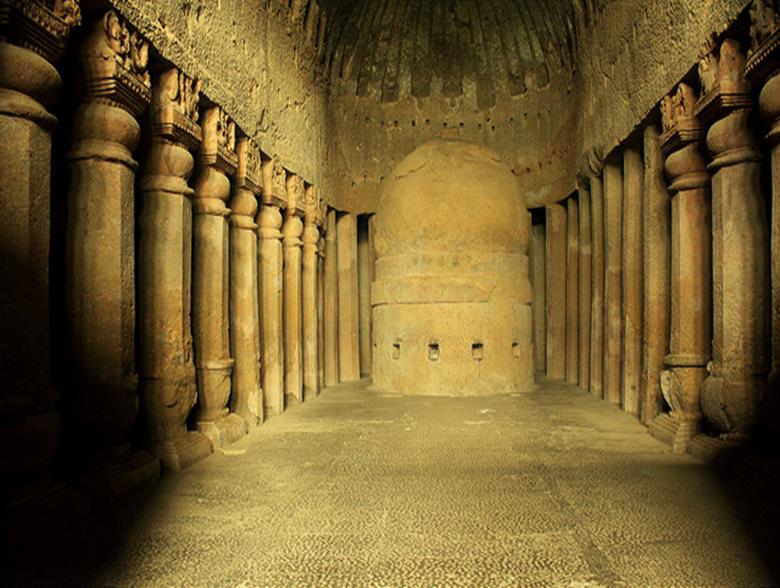
---------------------------------------------------------
Best Deals for the MonthSource: flickr.com
These caves date back to 1st century BC and are reckoned to be one of the oldest caves in India. The word Kanheri comes from the Sanskrit word krishnagiri, which means black mountain.
With 109 special entrances to the cave, they are renowned for their Basalt formations and Buddhist sculptures. Once the caves were converted to permanent Buddhist monasteries, their walls were were carved with intricate reliefs of Buddha and the Bodhisattvas. Kanheri had become an important Buddhist settlement on the Konkan coast by the 3rd century CE. The Caves premises offer maximum amount of greenery and fresh air which make them a great place to hangout. They are often called ‘lungs of Mumbai.’ -
Elephanta Caves
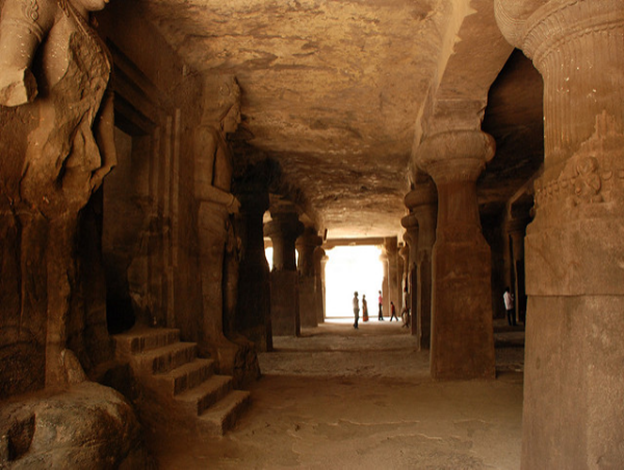
Source: flickr.com
These caves are situated on an island, originally known as Gharapuri, and are believed to date back to 5th and 8th century BC. They were named Elefante – which morphed to Elephanta – by the colonial Portuguese when they found elephant status in it. They are located on the Elephanta Island, situated offshore about 2 kms west of the Jawaherlal Nehru Port which consists of Shaivite caves and and a few Buddhist stupa mounds. The carvings narrate Hindu mythologies, with the large monolithic 20 feet Trimurti Sadashiva, Nataraj and Yogishivara being the most celebrated. These caves are known as one of the oldest rock cut structures in the country. These caves are designated UNESCO World Heritage Site and exhibit some beautiful sculptures representing the past of our civilization.
-
Chhatrapati Shivaji Maharaj Terminus (CST)

Source: flickr.com
Previously known as Victoria Terminus, CST is an important landmark of Mumbai. The station was built in 1887 in the Bori Bunder area of Mumbai to commemorate the Golden Jubilee of Queen Victoria. The station has been designed by Frederick William Stevens ans exhibits an exceptional fusion of Victorian Italianate Gothic Revival architecture and classical Indian architecture. The stations name was changed in March 1996 in honour of Emperor Chhatrapati Shivaji and is still operational as a major railway station and is located in South Mumbai. CST was declared a World Heritage Site by UNESCO in 2004.
-
Gateway of India
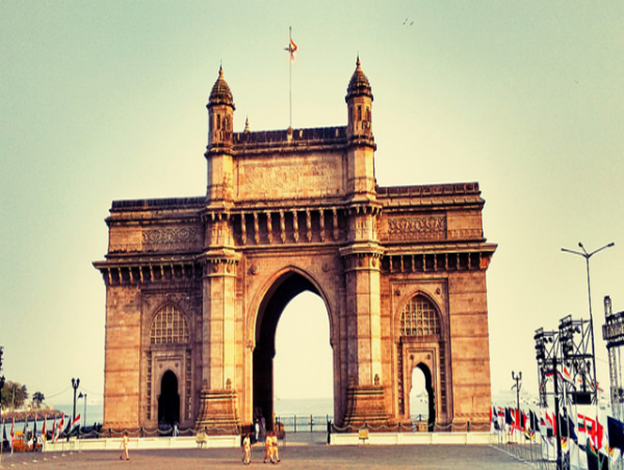
Source: flickr.com
Overlooking the Mumbai harbor that is bordered by Arabian Sea, Gateway of India has become the symbol of Mumbai. This Indo-Saracenic style monument was built to commemorate the landing of King George V and Queen Mary to Mumbai. One can also find traces of Muslim architectural styles incorporated in the structure of the grandiose edifice. Built nearly 100 years back, this monument is one of the most popular places in the city for tourists. The multiple food vendors and photographers situated around the gateway make it a perfect hangout spot for a beautiful evening.
-
Haji Ali Dargah

Source: flickr.com
This monument is a magnificent structure spread in an area of 4,500 meters and is flanked by marble pillars. This 600 years old mosque is also a tomb made in the memory of a muslim merchant Sayyed Peer Haji Ali Shah Bukhari, and is also named after him. This religious shrine is situated in the middle of the sea and is connected to the land by a pathway that has water on both the sides. The edifice is a brilliant specimen of the Indo – Islamic architecture. The main hall in this shrine has marble pillars embellished with artistic mirror work: blue, green, yellow chips of glass arranged in kaleidoscopic patterns interspersed with Arabic abjad which spell the ninety nine names of Allah. The location is one of the major tourist spots with 80,000 visitors per week!
-
St. George Fort

Source: bijoor.me
St. George Fort is a crumbled structure that stands in the Fort Area of Mumbai. Named after King George lll, the fort was built in 1769 at the site of the Dongri Fort. The fort was constructed to provide defence against an expected attack by Napoleon Bonaparte. It was also used as a storehouse for arms and ammunitions. In 1964, the walls of Bombay fort were removed to make way for commerce. Most of the fort is in ruins and travellers visit here to find the rich history hidden in its arches and walls.
-
Mount Mary Church
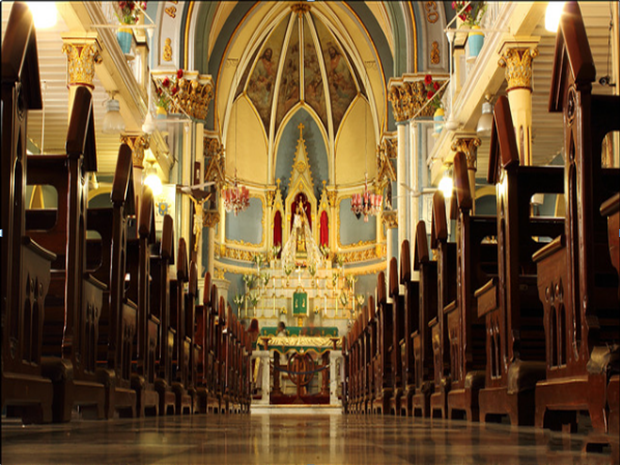
Source: flickr.com
Mount Mary Church, also known as The Basilica of Our Lady of the Mount, is a 300 years old church situated on top of a hill known as ‘Sunderban Bandra’, overlooking the Arabian Sea. The church is a Roman Catholic Basilica which was destroyed in early 1700’s and was rebuilt in 1761. On every 8th September, the feast of Blessed Virgin Mary is celebrated in this church. The statue of Virgin Mary in this church has an interesting legend to it. It says that a Koli fisherman dreamt that he would find a statue in the sea. The statue was found floating on the sea in between 1700 to 1760.The Koli fishermen call the statue as Mot Mauli, literally meaning the Pearl Mother.
-
Mahakali Caves
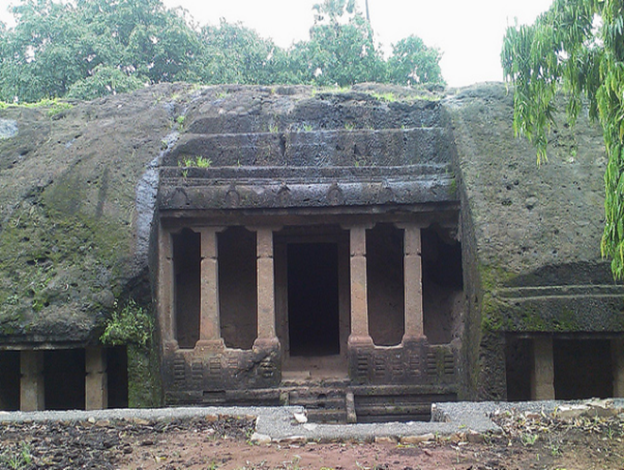
Source: flickr.com
Mahakali Caves, also known as Kondivite Caves, are a group of 19 rock-cut monuments built between 1st century BCE and 6th century CE. The monument comprises of 2 groups of caves – 4 caves more to the north-west and 15 caves more to the south-east. This Buddhist monastery is located in the eastern suburb of Andheri. The caves are carved out of a solid black basalt rock. The caves depict figures from Buddhist mythology, but all of them are mutilated.
-
St. Thomas Cathedral
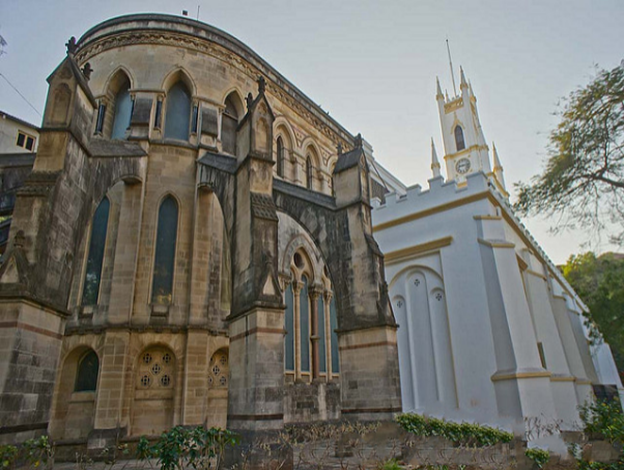
Source: flickr.com
Named in honor of Saint Thomas the Apostle, one of the twelve apostles of Jesus, the Cathedral is located in the center of Mumbai, Horniman Circle, and is close to Flora Fountain and Bombay House. Built in 1718, The Cathedral is the highlight of the early British settlement. The cathedral is one of the oldest churches in India and the first Anglican Church in Mumbai. It also contains many carved stone memorials from the eras of Company rule in India and the British Raj. The cathedral was selected for a UNESCO Asia-Pacific Heritage Conservation Award.
-
Dr. Bhau Daji Lad Museum
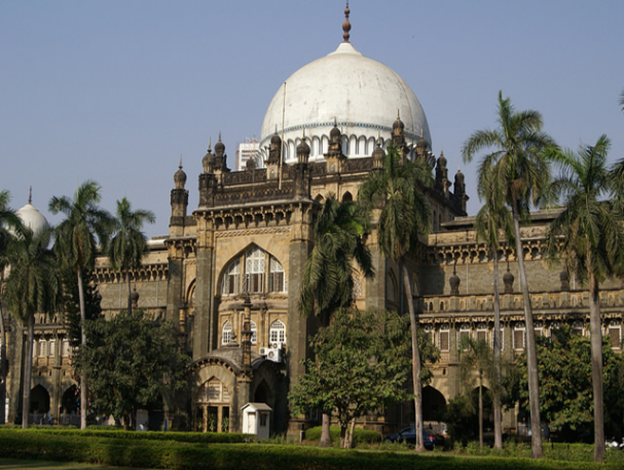
Source: flick.com
The museum was established in 1872 as the erstwhile Victoria and Albert Museum, Bombay. Situated in Byculla East, it was originally created as a treasure house of the decorative and industrial arts. It showcases the city’s culture heritage and history through a rare collection of Decorative Arts, Early Modern Art and Craftsmanship of various communities of the Bombay Presidency. The museum also displays 4000 manuscripts and reference books along with bronze sculptures, weapons, ivories, fossils and many more. It won UNESCO’s 2005 Award of Excellence in the field of Cultural Conservation. The museum has undergone major restoration under the supervision of the Indian National Trust for Art and Cultural Heritage (INTACH) and financed by the Jamnalal Bajaj Trust.






